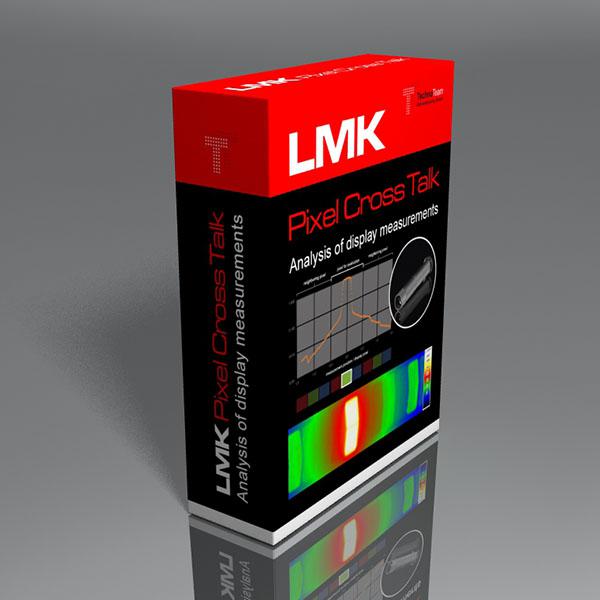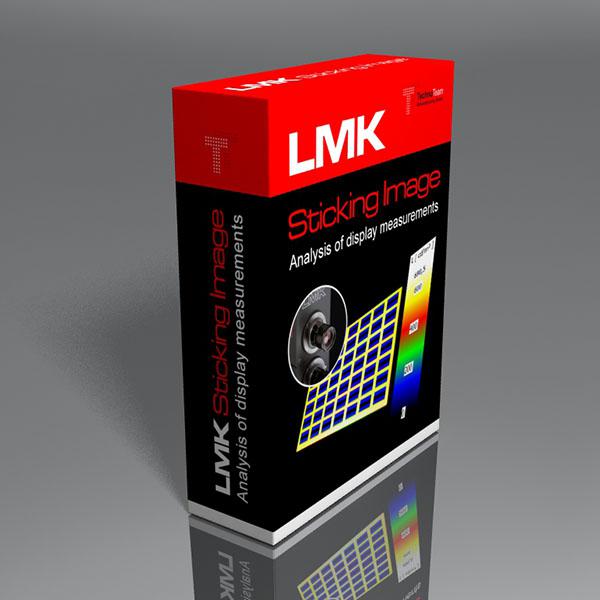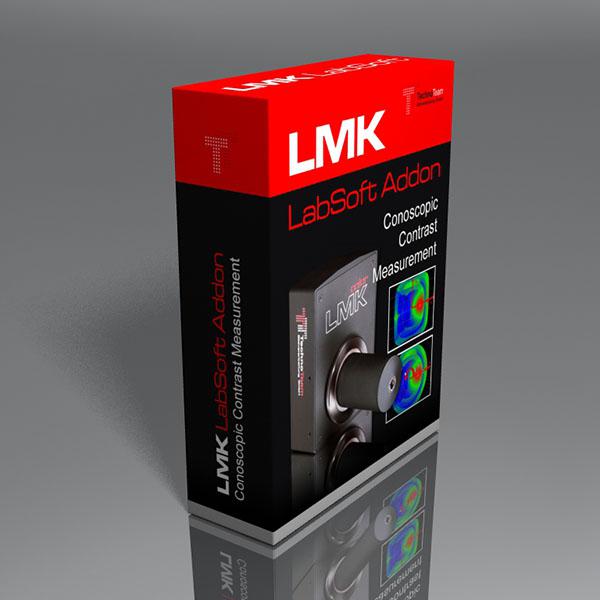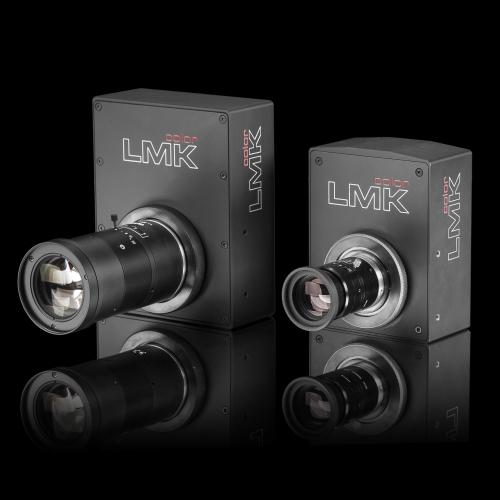Single pixel line of a microdisplay. One display pixel is 11 μm.
MICRODISPLAY

Microdisplays are usually extremely small displays with very small pixels. They serve, for example, as a built-in image source in many modern AR/VR/XR applications. Since other optical components usually magnify them, they require a very high pixel density. There are already models with a resolution of several thousand pixels per inch.
Since microdisplays can base on LCD, µLED or OLED technology, the same measurement applications become relevant. In particular uniformity and DeMURA, i.e., the assignment of luminance and/or chromaticity to specific pixels and resolution measurements — to check the resolution capability of the display and the possible crosstalk between the small subpixels — are relevant measurement applications. But effects such as image sticking or conoscopic luminance, contrast, and color can also be relevant measurement points. While the evaluations and methods are identical to those of standard displays regarding software, the imaging conditions are exceptional.

Our solution
TechnoTeam offers a wide range of high-magnification macroscopic and microscopic lenses that characterize this demanding display type to meet the unique requirements of microdisplay metrology. Our standard lenses cover optical magnification from 0.5 to 50, which, combined with our LMK6, corresponds to an optical resolution of 7.5 micrometer/camera pixel to theoretically up to 0.075 micrometer/camera pixel. If a luminance image exists, you can use the standard software add-ons to evaluate the measurands.





